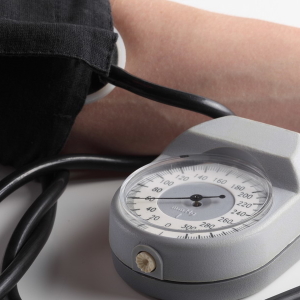Intracranial pressure may indicate a number of serious diseases: from mechanical injury skull to cancer neoplasms. At first symptoms, it is necessary to contact the neuropathologist for advice and appoint additional examinations. What are the modern methods for determining intracranial pressure? Unfortunately, household methods do not exist. This will require special medical equipment and inpatient stay.
It is possible to suspect elevated intracranial pressure according to certain symptoms, but they are not a reason for setting the final diagnosis, but only indicate the need to visit a specialist. Symptoms may be the following:- strong headaches of different etiology: from the minor to pulsating;
- nausea and vomiting;
- sharp rapid drop in view;
- split in the eyes;
- for children up to a year, the characteristic signs of increased intracranial pressure are the rapid growth of the head of the head, swelling and ripple of the spring, development delay.


- The patient is placed on the right side, processes the place of the intended puncture by an antiseptic.
- A special needle is introduced into the lumbar spine to the necessary depth.
- Attached to the needle, the pressure gauge and the height of the fluid column determine the pressure.
- Conduct fluid for bacteriological and cell analysis.
- After carrying out the procedure of the patient transported to the ward and laid down the stomach down for 2 hours. The next 4 hours are regularly observed for the patient's condition. Recommended bed mode 3 days after surgery.

Determination of intracranial pressure - the procedure is often painful, requiring medical professionalism and surgical intervention. Urgent appeal to the doctor, attentive attitude to their own health will help to avoid additional complications and to identify the disease.

































